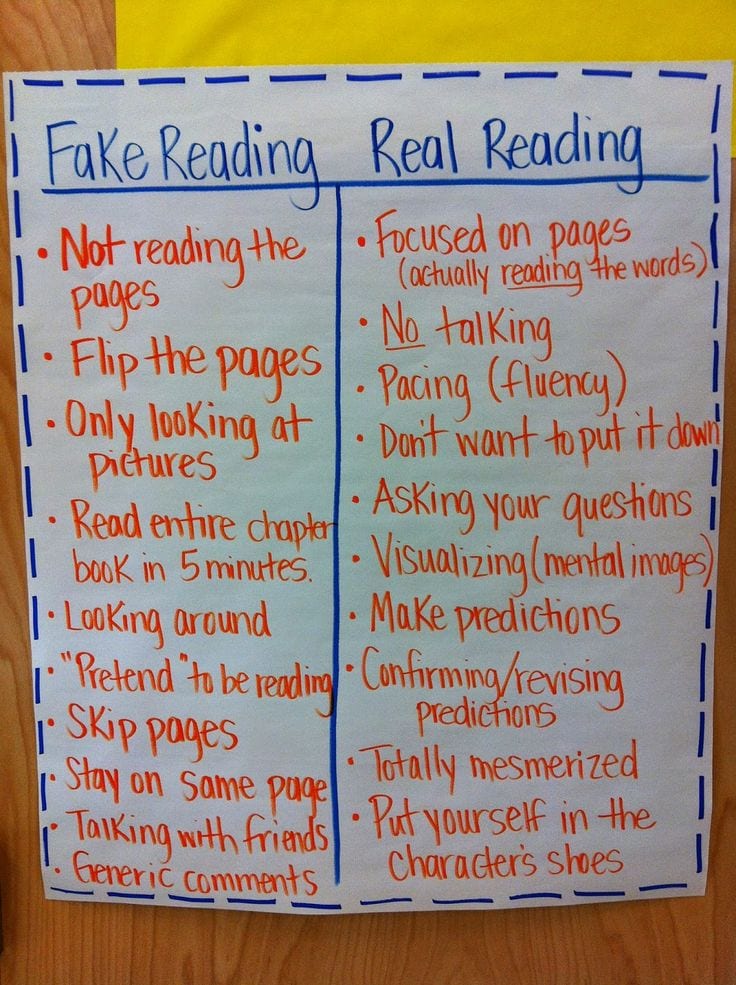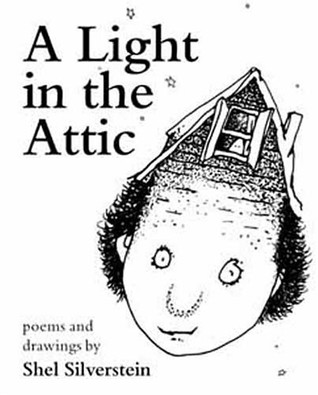WEEK 4 - LESSON PLANS:
Sorry for the delay everyone. Easter weekend sure kept me busy here in Missouri! I hope you all enjoyed your time with your family as much as I did!
This week I am going to look at a sample reading lesson for elementary students, in detail. When reading this lesson and looking at the main ideas, I want you to evaluate this lesson with the checklist I have provided below. For each requirement, I want you to check whether or not it is present.
- Requirements of Exemplary Lesson Plans:
□ Includes accurate information
□ Learning objective met
□ Appropriate to audience
□ Interesting to age group
□ In good condition
□ Employs creative thinking
□ Motivating and engaging
LESSON:
2nd grade - Reading
My lesson covers reading comprehension, more specifically finding the main idea. To begin the lesson I would start with stating the objectives for the day, such as "You will be able to use predictions before, during, and after reading to discover what the story is about." I would then show students this anchor chart explaining the difference between real and fake reading, giving them the examples and non-examples.
After explaining the chart for five minutes, I will explain that mindful readers ask questions before, during and after reading. I will then present the next book we will be looking at to introduce this reading strategy, which is chapter 1 of Judy Blume's Freckle Juice. Upon bringing the book out for students to analyze, I will model how the cover graphics and title raise questions in my mind.
Before.
I will ask students, "What does the title and cover make you ask?" Then record these answers on the before section of our chart on the smartboard. Giving them an example if they aren't feeling comfortable sharing or are drawing a blank.
During.
I will begin reading the text, and write down the questions I come up with on the chart. Encouraging students to do the same while I am reading, asking them to raise their hand as they come up with one. Explaining how asking and pondering questions gives us a deeper understanding of what we're reading.
After.
When I am finished reading, I will explain to my students that I can still have questions even after I finish a book/chapter. I will demonstrate this by providing a few questions for students to ponder.
I would then move on to the guided practice section, by having students complete their own BDA Chart on 1 or 3 articles I have chosen. Students will complete this, as I am walking around to check on their comprehension of the article and strategy.
For independent practice, students will take home their book (Freckle Juice) for them complete a BDA chart over chapter 2. We will review these tomorrow aloud in class to check for full comprehension.
To close the lesson, I will review the key points of the strategy used throughout today's lesson. Then I will ask students write an exit ticket, explaining if they found this strategy useful or not and why.















